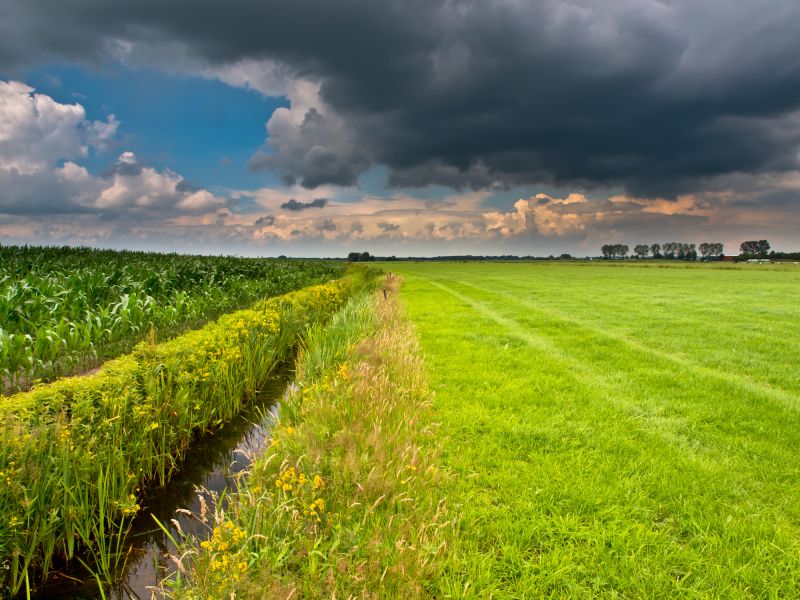Leading Products For Surface Water Drainages Solutions
Explore top-rated options designed to efficiently manage surface water and prevent flooding in various settings.
 Surface water drainage products are essential components in managing excess water on various surfaces, including driveways, lawns, and construction sites. Proper drainage helps prevent water accumulation that can lead to erosion, flooding, or damage to structures. These products come in a variety of forms, each designed to suit specific needs and site conditions. From simple surface grates to complex drainage systems, selecting the right products can ensure effective water management and long-term durability.
Surface water drainage products are essential components in managing excess water on various surfaces, including driveways, lawns, and construction sites. Proper drainage helps prevent water accumulation that can lead to erosion, flooding, or damage to structures. These products come in a variety of forms, each designed to suit specific needs and site conditions. From simple surface grates to complex drainage systems, selecting the right products can ensure effective water management and long-term durability.
Top Overall Option
Modular Surface Drainage Grate System
A versatile modular surface drainage grate system offers customizable configurations to suit various surface types and flow requirements. Made from durable materials, these systems are designed for easy installation and maintenance, providing effective water runoff management across residential, commercial, and industrial settings.
Types of Products For Surface Water Drainages
Surface Drainage Grates
Open grates that cover drainage channels, allowing water to flow into the system while providing a stable walking surface.
Catch Basins
Recessed units that collect surface water and debris, directing water into underground drainage systems.
Channel Drainage Systems
Long, narrow channels with grates designed to channel water away from surfaces efficiently.
Trench Drains
Deep, linear drainage systems suitable for high-volume water runoff areas, often used in commercial settings.
Perforated Pipe Drainage
Underground pipes with perforations that allow water to seep into the drainage system from surrounding soil.
Sump Pumps
Devices installed in sumps or basins to actively pump out collected water from drainage systems.
Drainage Mats
Permeable mats that facilitate water flow and reduce surface runoff in landscaped areas.
Surface Water Detectors
Sensors or monitoring devices used to assess water levels and flow in drainage systems.
Flexible Drainage Pipes
Flexible piping options for adaptable underground water routing in complex layouts.
Erosion Control Meshes
Mesh fabrics that stabilize soil and prevent erosion caused by surface water runoff.
Stormwater Management Systems
Integrated solutions combining multiple drainage components to manage stormwater effectively.
Popular Choices
Widely used for residential and commercial applications to cover drainage channels and prevent debris entry.
Commonly installed at low points in surfaces to collect water and debris efficiently.
Preferred for driveways and patios to direct water away from surfaces smoothly.
Selected for high-traffic areas and commercial sites due to their capacity to handle large volumes.
Commonly used underground to prevent water pooling around foundations and structures.
Often chosen for basements and low-lying areas prone to flooding.
Popular in landscaped areas to promote water infiltration and reduce runoff.
Trending in larger projects for comprehensive water management solutions.
Valued for their adaptability in complex underground drainage layouts.
Drainage solutions can be customized based on the volume of water expected, the surface type, and the landscape layout. For smaller residential applications, modular catch basins and surface grates are common, allowing for easy installation and maintenance. Larger commercial or industrial sites may require more robust systems such as trench drains or underground piping networks to handle higher water flow rates. Proper planning and understanding of the site conditions are key to choosing the appropriate products.
Installation considerations include the slope of the surface, the type of soil, and the proximity to structures or utilities. Materials used in drainage products vary from durable plastics to corrosion-resistant metals, each offering different benefits in terms of longevity and cost. Regular inspection and maintenance of these systems are crucial for preventing blockages and ensuring continuous water flow. Whether for new construction or retrofit projects, selecting the right products can significantly improve surface water management and reduce potential water-related issues.
Key Buying Considerations
- Expected water flow volume and rate to select appropriate capacity products.
- Surface type and slope to determine the best drainage configuration.
- Material durability and resistance to corrosion or weathering.
- Ease of installation and compatibility with existing infrastructure.
- Maintenance requirements and accessibility for cleaning or repairs.
- Compatibility with debris filtration or trapping components.
- Aesthetic integration with the surrounding landscape or surface.
- Cost-effectiveness relative to project scope and longevity.
- Compliance with local regulations or standards for drainage systems.
- Adaptability for future expansion or modifications.
- Environmental factors that might influence material choice or design.
- Availability of replacement parts or accessories.
- Size and footprint of the drainage components to fit the designated area.
- Compatibility with other surface management systems such as erosion control.
This content contains affiliate links. We may earn a commission if you purchase through these links, which helps support our work and allows us to provide helpful information.
